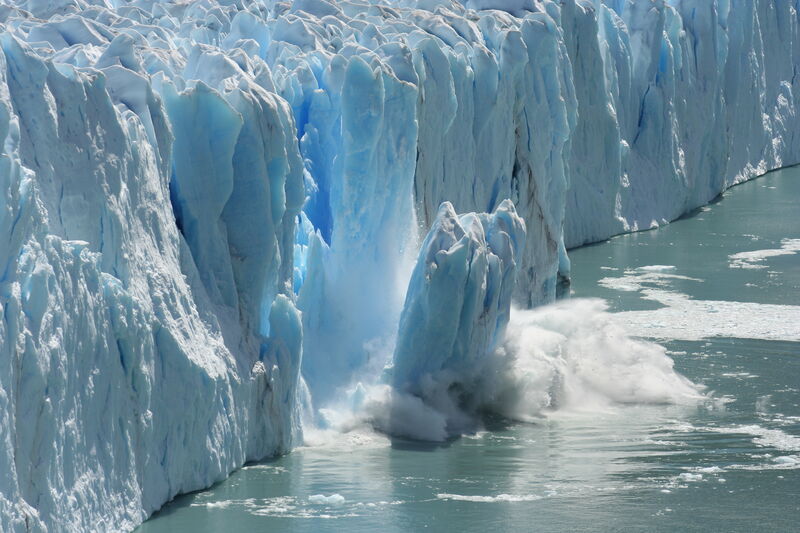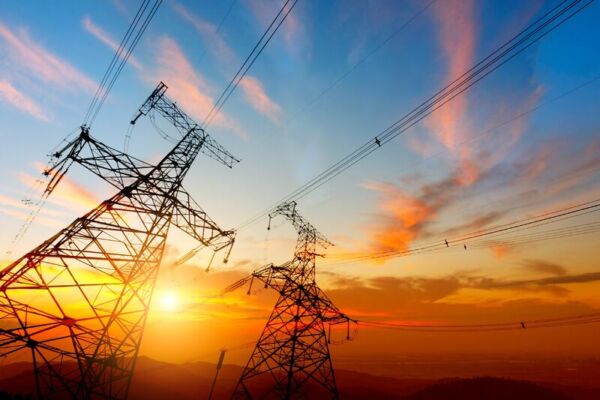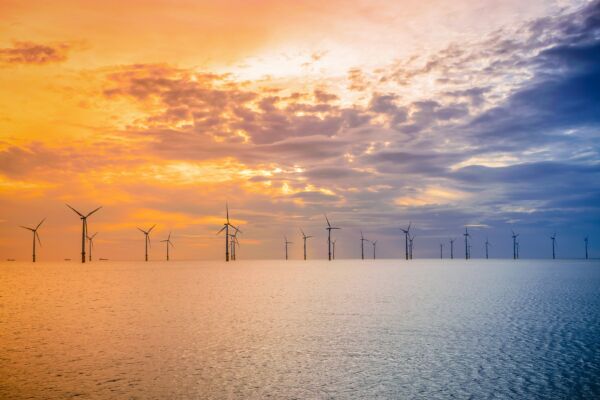Compared to 2012, efforts to reverse effects of climate change have definitely improved. Triggered by the Fifth Assessment Report of the Intergovernmental Panel on Climate Change (IPCC) and the subsequent Paris Agreement, decision-makers have increased measures to curb current and future risks.
But extreme climate-related incidents are also intensifying. Global temperatures are increasing significantly, which is melting glaciers and ice caps, raising sea levels, and changing global precipitation patterns.
It’s clear. To counteract climate change, we need to do even more. That is why the IPCC published another report in 2022 to bring climate action back into focus after the pandemic, sharpen current measures, and persuade decision-makers to step up their efforts.
Farewell fossil fuels
The IPCC report reiterated again that we must move away from fossil fuels once and for all and rely on renewable energies to save the planet. This might be of great use for the whole economy as well – apart from the positive effects on our climate, renewable energies are one step ahead of fossil fuels in many other ways.
They are the most independent source of energy as they do not rely on non-renewable fossil resources and countries can manage its distribution independently. Additionally, renewables are a great and secure solution to supply even rural areas in developing countries with energy. Normally, connecting these areas to the electricity network would be extremely expensive, but a distributed approach based on off-grid renewable energy systems can improve energy access and resilience even in remote locations. On top of that, renewable energies are becoming more and more competitive and the cost of solar and wind power decreased by about 85 percent in the past decade.
Ready for more resilience?
However, the pandemic has shown us that we still need to improve resilience in the energy sector, especially given its vulnerability in freak weather conditions. Floods, drought-induced fires, storms, and extreme temperatures can damage infrastructure or individual components, slow down production, and generate high operation and maintenance costs. The renewable energy industry needs to become more resilient, so these incidents do not affect the global energy supply.
Build to last
First up, it is crucial to secure wind turbines against increasingly extreme weather. For this, every component needs to be designed to cope with any operating condition. SKF offers many parts which are designed with robustness in mind yet are lightweight and nimble. Still, testing to develop even more solutions to drive a sustainable and efficient energy transition is ongoing. Failures will never be eliminated completely, though, which is why we need solutions that will secure energy supply even when a malfunction occurs.
Energy diversification
Another way to build resilience is to diversify the energy supply sources to mitigate risks. It is much more likely for a singular energy source to fall out and disrupt energy supply than for a group of different options. A way of realizing this lies in combining wind energy directly with other renewable energies to create synergies – for example by connecting ocean energy with offshore turbines, or an onshore wind farm with solar panels. But for this idea to be competitive, the grid needs to be expanded and connected to additional high-voltage powerlines and new storage solutions.
Expanding the grid
To rival fossil fuels and stay competitive on a long-term basis, renewable energy needs to be considered an inherent contributor to the grid. This way, the industry could connect various renewable energy sources with consumers to increase flexibility, reliability, and further decrease vulnerability. It is crucial to improve the wind industry’s resilience.
A shared purpose
A variety of innovations and policies have already enabled a lot in recent years, but there is still room for improvement. For example, these benefits are not yet accessible to all regions and communities. Moreover, at its current pace, it is unlikely that global climate targets will be met, meaning there is still work to be done here as well. Technical developments are an important foundation, but without the support of political decision-makers, even these can only bring about limited change. To really tackle climate change, political commitment, perseverance, and consistent action are needed at all levels of government.



